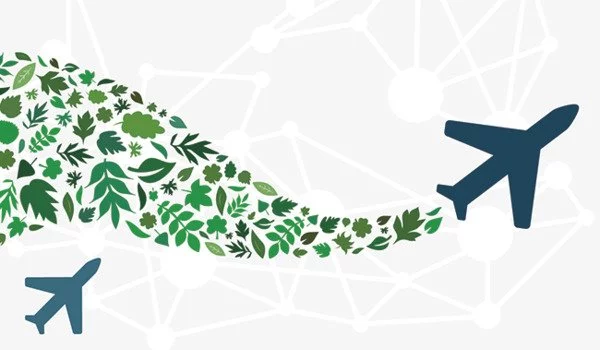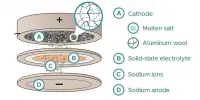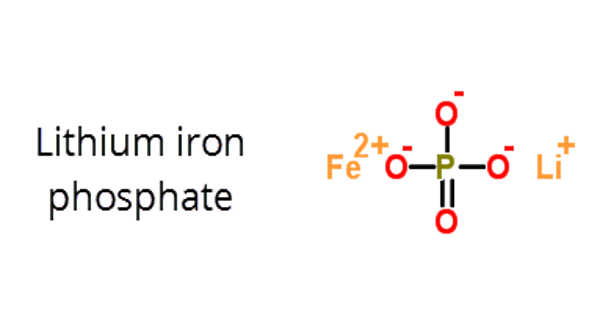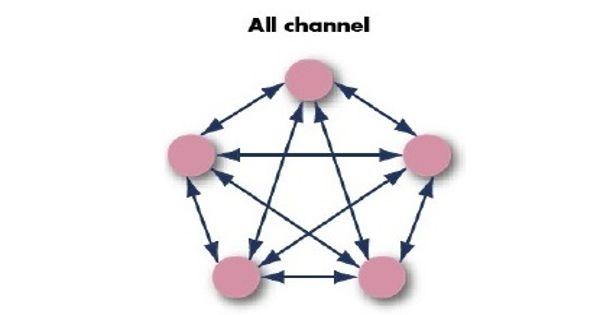An interdisciplinary team of researchers at Worcester Polytechnic Institute (WPI) has developed a potential breakthrough in green aviation: a recipe for a net-zero fuel for planes that will pull carbon dioxide (CO2) out of the air. The study, which employed sophisticated computational modeling and analysis, was recently published in the journal Fuel.
The research, led by Jagan Jayachandran, assistant professor of aerospace engineering, and Adam Powell, associate professor of mechanical and materials engineering, contributes to addressing an urgent climate change problem. According to the International Council on Clean Transportation (ICCT), aviation accounts for approximately 2.5% of total global greenhouse emissions, and this figure is expected to rise.
“As aviation continues to grow, so will the industry’s emissions, says Powell. “We need to think out of the box and look at sustainable materials that will contribute to a long-term solution toward reducing the transportation sector’s carbon footprint.”
As aviation continues to grow, so will the industry’s emissions. We need to think out of the box and look at sustainable materials that will contribute to a long-term solution toward reducing the transportation sector’s carbon footprint.
Adam Powell
Jayachandran and Powell developed a formula for a fuel based on magnesium, a mineral found all over the world, most abundantly in the world’s oceans, using modeling and computation analysis. A slurry of magnesium hydride, a chemical compound composed of magnesium and hydrogen, combined with hydrocarbon fuel would burn, producing CO2, water vapor, and magnesium oxide (MgO) nanoparticles.
The magnesium hydride fuel would also provide planes with the range needed for long-haul flights, such as those from Boston to Tokyo, which has proven difficult for other sustainable aviation fuels to provide. The longer range is achieved in part due to the chemical properties of the slurry, which requires less volume for combustion than standard aviation fuel.

“We found this fuel would have up to 8% more range than other today’s jet fuel, and more than two to three times longer range than liquid hydrogen or ammonia which other researchers have proposed as sustainable fuels,” said Jayachandran.
A sustainable aviation fuel, according to the Department of Energy, is a “biofuel used to power aircraft that has similar properties to conventional jet fuel but with a lower carbon footprint.” These biofuels were created using a variety of resources, including corn grain, algae, forestry, and agricultural residues. The use of biofuel as the hydrocarbon in this slurry with magnesium hydride may result in net negative emissions.
A WPI TRIAD Seed Grant, a university award designed to encourage and promote interdisciplinary collaboration and innovation, funded the research.
Jayachandran and Powell intend to expand their research by conducting physical experiments with fuel samples and pursuing federal funding. Furthermore, they hope that their work will inspire others and contribute to a more sustainable world.
Powell noted the promise of research to reduce emissions and other climate threats, saying, “We hope that our work, which establishes a new category of sustainable aviation fuel, will pique the interest of other researchers. The possibilities are endless.”
















